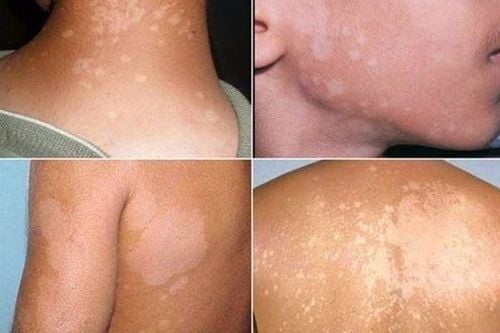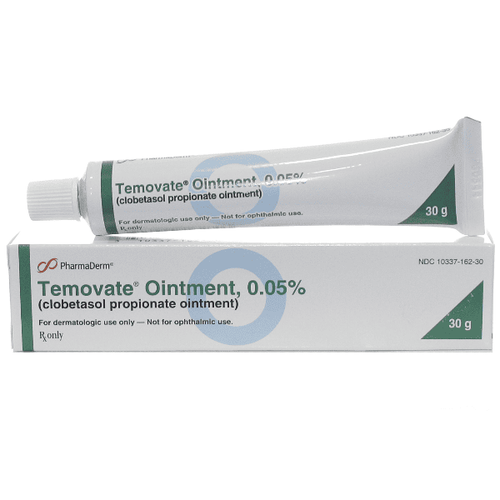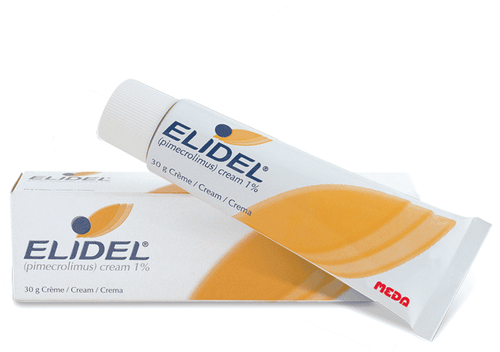This is an automatically translated article.
Beauty is an indispensable human need. For young people, hair dye is not only for makeup but also to express their personality. But many young people still do not know all the harmful effects of using dyes of unknown origin.Only popular in the last twenty years, but in fact, hair dye is a part of human makeup that appeared over 4,000 years ago. The ancient Egyptians are considered the "ancestors" of cosmetics, as well as the first people on earth who knew how to use color to dye their hair. Of course, the color to dye hair at that time was derived from nature, namely from henna, indigo and chamomile plants. In addition to the purpose of personal makeup, if for the Egyptians dyed their hair for religious procedures, for Roman women in the period 300 BC, they used dyed hair color to distinguish between classes. society. Noble women would dye their hair red; the middle class is defined by the hair color platinum (blonde); and the poor people dye their hair black.
A turning point in the history of hair dye was in 1863, when the German chemist – August Wilhelm von Hofmann announced the composition of para-phenylenediamine (PPD) hair dye. Following that, new inventions for the hair dye cosmetics industry were also born and met the increasing demand for hair dyeing of people. People with silver hair dye their hair black in order to keep their youth for their appearance, people with sunburned hair want to dye their hair to make their hair more even, and some people want to change their hair color to match their face better. express their own personality.
1. Hair dyes and human health The hair dye revolution brings high efficiency, but comes with convenience and low cost, hair dye also has hidden potential harms to children's health. People.
The most noticeable thing when using dye is that it will affect the protective coating of the hair causing frizz, brittleness, brittleness, or hair loss. For people with sensitive skin, dyes can cause irritant dermatitis such as: redness, burning, peeling of the skin, itching, swelling of the scalp, blisters, pustules... even if dyed well, ensure quality assurance, not to mention the case of encountering bad or poor quality drugs. People who often dye their hair often have joint pain, especially small joints such as the joints of the hands, elbows, knees, ankles... The most dangerous is the risk of cancer when exposed to dyes such as bladder cancer, cancer of the hematopoietic system, brain tumor, meningioma, auditory nerve... in bad dyes, with no clear origin.
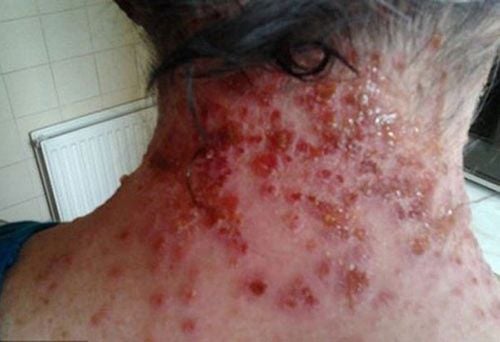
Đối với những người da mẫn cảm thì thuốc nhuộm có thể gây viêm da kích ứng như: đỏ, rát, bong tróc da, ngứa, sưng nề da đầu, mụn nước, mụn mủ...
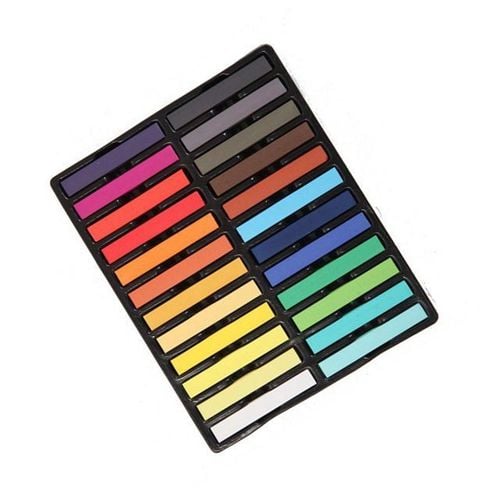
Loại phấn nhuộm này chưa được bày bán chính thức mà chỉ được tiêu thụ bằng hình thức xách tay, có xuất xứ không rõ ràng.
Theo Young






